The Yoruba Afro-Brazilian architecture of this Nigerian city is a remarkable example of hope and empowerment, writes Stephanie Edwards
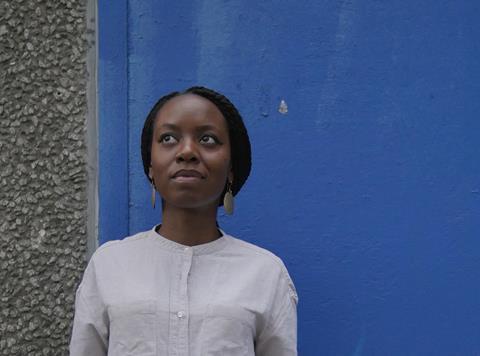
Abeokuta is a small city located to the north of Lagos in Nigeria and a place where, on my first arrival, I instantly felt at home.
It is a place whose rich cultural heritage is evident and embodied within its natural environment and architectural wonder. Its name also captures its spirit of place - Abeokuta translates as “beneath the rock”, noting itself as an area formed of gneiss rocks whilst offering safe refuge over centuries for different people and tribes.
Abeokuta also housed a story that is seldom told. A rare story of people enslaved during the transatlantic slave trade returning to their homeland to create an incredible hybrid mix of architectural wonder.
Unique to Abeokuta, the return of those once enslaved resulted in the creation and development of the Yoruba Afro-Brazilian style, which appropriated and integrated Yoruba homes into a hybrid that reflected and physically accommodated old and new cultural practices and family norms.
As its name suggests, this modified the Afro-Brazilian style, which appropriated and integrated Yoruba, Brazilian, European, and Islamic influences. This house typology isn’t a re-creation but an example of how the returned people instead used their skills and artistry to pay attention to highlighting elements connected to traditional Yoruba art distinctly and individually.
This small city is a testament to the resilience and creativity of the people it welcomed and housed and a great example of how architecture can be reinvented and used as a tool to empower, embrace, and innovate.
Afro-Brazilian architecture of Abeokuta: A fusion of cultures
Abeokuta, the capital city of Ogun State in southwestern Nigeria, boasts a rich architectural heritage that bears the distinct influence of Afro-Brazilian culture. This unique architectural style, emerged in the 19th century as a result of the return of freed Afro-Brazilians to their homeland after the abolition of slavery in Brazil. These returnees, known as Agudas, brought with them a fusion of Brazilian and Yoruba cultures, which found expression in the city’s buildings.
One of the most prominent features of Afro-Brazilian architecture in Abeokuta is the use of intricate decorative details. The facades of many buildings are adorned with ornamental motifs, such as geometric patterns and floral designs, reminiscent of the Brazilian Baroque style. These colorful facades reflect the vibrancy and creativity of the Afro-Brazilian community.
Another characteristic of Afro-Brazilian architecture in Abeokuta is the use of materials like wood and adobe, which were readily available and suited to the local climate. The buildings often feature large verandas and wide eaves, providing shade and ventilation to combat the region’s heat. The use of these materials and design elements not only reflects practical considerations but also represents a connection to the architectural traditions of both Brazil and Nigeria.
Postscript
Stephanie Edwards is an urban designer, architect and the cofounder of Urban Symbiotics



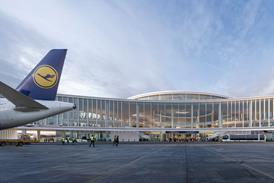
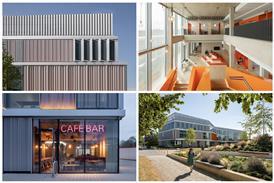
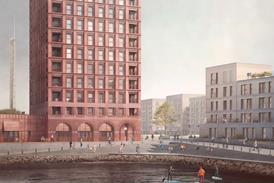




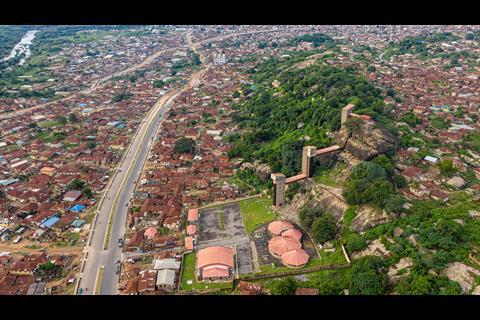







No comments yet